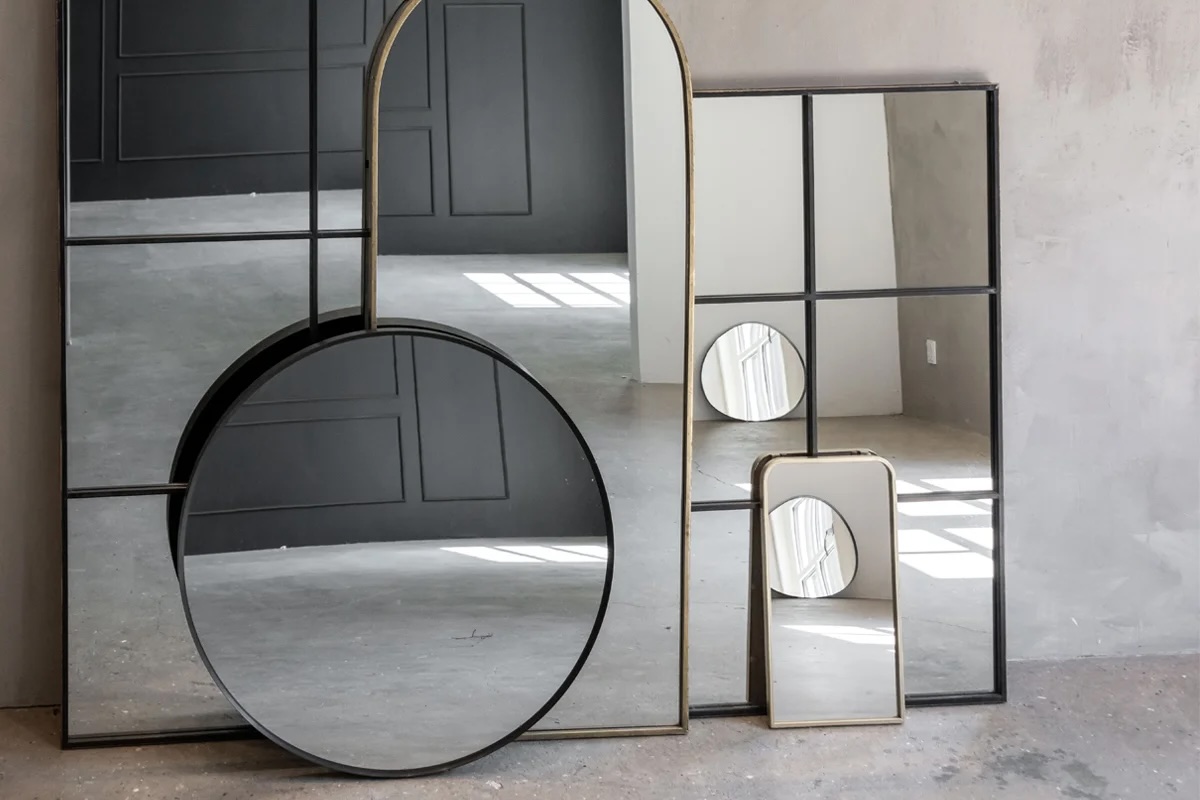

Articles
Why Do Mirrors Appear Silver
Modified: January 5, 2024
Discover the science behind why mirrors appear silver in this informative articles. Explore how light reflects and the properties of silver that create the mirror effect.
(Many of the links in this article redirect to a specific reviewed product. Your purchase of these products through affiliate links helps to generate commission for Storables.com, at no extra cost. Learn more)
Introduction
Have you ever wondered why mirrors appear silver? They are ubiquitous in our daily lives, from the bathroom to the dressing room, and yet many of us are unaware of the science that lies behind their reflective properties. In this article, we will delve into the fascinating world of mirrors and explore the reasons behind their silver appearance.
To understand why mirrors appear silver, we must first grasp the concept of reflection. Reflection is the phenomenon in which light bounces off a surface and travels in a different direction. When light hits a mirror, it undergoes reflection, leading to the formation of an image.
So how do mirrors work? Mirrors are made of a smooth and highly reflective material, typically glass with a silvered backing. The silvered backing is responsible for the mirror’s reflective properties. When light strikes the mirror, it is reflected back with minimal loss of intensity.
But why is silver used to create mirrors? The answer lies in the chemistry of silvering. Silvering is the process of depositing a thin layer of silver onto the back surface of glass to create a reflective coating. Silvered mirrors have been used for centuries, dating back to ancient civilizations.
Key Takeaways:
- Mirrors appear silver due to the silvered backing that efficiently reflects light waves, creating clear reflections. The chemistry of silvering and high reflectivity of silver contribute to their distinctive appearance.
- While silvered mirrors are the traditional choice, alternative mirrors like aluminum, front surface, one-way, beveled, and smart mirrors offer unique characteristics and applications, catering to diverse needs and preferences.
Read more: Why Do Bars Have Mirrors
Reflection of Light
Before discussing why mirrors appear silver, let’s explore the phenomenon of reflection in more detail. Reflection occurs when light waves encounter a surface and bounce back. This can happen with various types of surfaces, including mirrors.
When light strikes a mirror, it is absorbed by the atoms on the mirror’s surface. The atoms then re-emit the light waves in a different direction, creating the reflection. This reflection allows us to see our own reflection in the mirror.
The angle at which light hits the mirror is known as the angle of incidence, and the angle at which it bounces off is called the angle of reflection. According to the laws of reflection, the angle of incidence is equal to the angle of reflection. This predictable behavior of light enables us to understand and manipulate how mirrors work.
It’s important to note that mirrors can reflect both visible and non-visible light. The reason we see our reflection in a mirror is because the mirror reflects light within the visible spectrum, which is the range of wavelengths our eyes can perceive.
Now that we have a basic understanding of reflection and how light interacts with mirrors, let’s dive into the specifics of why mirrors appear silver.
How Mirrors Work
Mirrors are fascinating devices that allow us to see our own reflection and observe the world around us. But how do they actually work? Let’s uncover the mechanism behind the mirror’s reflective properties.
First and foremost, mirrors are made of a smooth and flat material, typically glass. The glass surface must be polished to perfection to ensure minimal distortion in the reflected image. Additionally, the back surface of the glass is coated with a reflective material to enhance its reflective abilities.
The reflective coating of a mirror is what gives it its silver appearance. Traditionally, mirrors were made using a process known as silvering, where a thin layer of silver is deposited onto the back surface of the glass. The silver layer is highly reflective and allows for efficient reflection of light.
When light waves hit the mirror, they penetrate the glass surface and reach the silvered backing. At this point, the waves encounter the silver layer and undergo reflection. The silvered surface reflects the light waves in a relatively uniform manner, allowing us to see a clear reflection.
It’s important to note that not all mirrors are made with silvered backings. In modern times, other reflective coatings have been developed, such as aluminum or a combination of aluminum and other metals. These alternative coatings can produce mirrors with different reflective properties and appearances.
Now that we understand the basic working principle of mirrors, it’s time to delve into the chemistry behind the silvering process and explore why silver is the chosen material for creating reflective coatings.
Silvered Mirrors
Silvered mirrors have been in use for centuries and continue to be a popular choice for creating reflective surfaces. The process of silvering involves depositing a thin layer of silver onto the back surface of glass, creating a highly reflective coating.
The reason silver is used in the silvering process is due to its exceptional reflective properties. Silver is known for its high reflectivity, meaning it efficiently reflects light waves. This makes it an ideal material for creating mirrors that produce clear and crisp reflections.
In the traditional silvering process, a chemical solution containing silver ions is prepared. The solution is carefully applied to the back surface of the glass, which has been cleaned and prepped to ensure proper adhesion. Through a series of chemical reactions, the silver ions in the solution are reduced to metallic silver, forming a thin layer on the glass.
The silver layer must be carefully controlled and maintained to ensure optimal reflectivity. Too little silver will result in a diminished reflective effect, while too much silver can lead to visual distortions or a decrease in light transmission through the mirror.
Once the silvering process is complete, a protective coating is applied to the silvered layer to prevent tarnishing and damage. This coating helps maintain the reflective properties of the mirror over time, ensuring its longevity and durability.
Silvered mirrors are widely used in various applications, including home decor, interior design, and scientific instruments. They provide a classic and elegant appearance and are highly effective in producing clear and accurate reflections.
However, it’s worth mentioning that silvered mirrors can be more expensive compared to mirrors with alternative reflective coatings. This is due to the cost of silver and the involved manufacturing processes. As a result, other types of mirrors, such as aluminum-coated mirrors, have gained popularity as more affordable alternatives.
Now that we understand the chemistry of silvered mirrors and why silver is the chosen material, let’s explore how reflectivity and color play a role in a mirror’s appearance.
The silver appearance of mirrors is due to a thin layer of aluminum or silver deposited on the back of the glass, which reflects most of the light that hits it.
The Chemistry of Silvering
The process of silvering, which involves depositing a thin layer of silver onto the back surface of glass, is a precise and delicate chemical process. Understanding the chemistry behind silvering is key to appreciating the intricate workings of mirrors.
Traditionally, the silvering process involved using a chemical solution containing silver ions. These silver ions were derived from compounds such as silver nitrate or silver acetate. The solution was carefully prepared and applied to the glass surface that had been cleaned and prepared for the silvering process.
Once the silvering solution was applied, a reducing agent was introduced to the system. The reducing agent is a chemical compound that facilitates the reduction of silver ions to metallic silver. Common reducing agents used in the silvering process include formaldehyde, glucose, or various aldehydes.
During the reduction process, the reducing agent reacts with the silver ions, causing them to gain electrons and form silver atoms. These silver atoms then combine with neighboring silver atoms, gradually forming a thin layer of metallic silver on the glass surface.
The thickness of the silver layer is carefully controlled to ensure optimal reflectivity while maintaining transparency. This is achieved by monitoring the concentration of silver ions in the solution and adjusting the silvering parameters accordingly.
It’s worth noting that the silvering process can vary depending on the specific application and desired outcome. For instance, in some cases, a layer of copper may be deposited onto the glass first to improve the adhesion of the silver layer. This process is known as “copper plating.”
Once the silver layer is formed, it is crucial to protect it from tarnishing and damage. A protective coating, typically made of a varnish or lacquer, is applied to the silvered surface. The protective layer acts as a barrier, preventing environmental factors, such as humidity or contaminants, from coming into direct contact with the silver layer.
The chemistry of silvering is a complex interplay of chemical reactions and precise control of parameters. It is a testament to the meticulous processes involved in creating high-quality reflective surfaces for mirrors.
Now that we’ve explored the chemistry of silvering, let’s move on to understanding how reflectivity and color contribute to the appearance of mirrors.
Read more: Why Do Cats Scratch On Mirrors
Reflectivity and Color
The reflectivity of a mirror refers to its ability to reflect light waves. Reflectivity is a crucial factor in determining the quality and effectiveness of a mirror. Mirrors with high reflectivity produce clear and accurate reflections, while those with lower reflectivity may result in a dimmer or distorted reflection.
The reflectivity of a mirror is influenced by several factors, including the material used for the reflective coating, the thickness of the coating, and the smoothness of the mirror’s surface. In the case of silvered mirrors, the silver layer on the back surface of the glass plays a significant role in determining the mirror’s reflectivity.
Silver is known for its high reflectivity across a broad range of wavelengths, including visible light. This is why silvered mirrors appear silver in color. When light waves hit the silvered surface, the silver atoms efficiently reflect the light back, resulting in a highly reflective mirror.
However, it’s important to point out that mirrors can have slight variations in color due to factors such as impurities in the silver layer, variations in the thickness of the silver coating, and the presence of additional surface treatments or protective coatings.
Absorption of light waves by the silver layer can also play a role in the color appearance of mirrors. In some cases, when certain wavelengths of light are absorbed more strongly, the mirror may appear to have a slight tint. For example, if the silver layer absorbs more blue light, the mirror may have a slight golden or yellowish tint.
Additionally, it’s worth noting that mirrors can be designed to have specific reflective properties for different applications. For example, some mirrors may be engineered to reflect specific wavelengths of light, such as those used in laser applications or scientific experiments.
Reflectivity and color are essential factors to consider when choosing a mirror for a particular use. Reflectivity ensures the clarity and brightness of reflections, while color variations can add aesthetic appeal or serve specific functional needs.
Now that we’ve explored reflectivity and color in mirror appearance, let’s take a look at some other types of mirrors that go beyond the traditional silvered mirror.
Other Types of Mirrors
While silvered mirrors are the most well-known and widely used type of mirror, there are several other types that offer unique characteristics and applications. Let’s explore some of these alternative mirror types:
1. Aluminum Mirrors: Aluminum mirrors use a reflective coating of aluminum instead of silver. They are often more affordable than silvered mirrors and have good reflectivity in the visible light spectrum. Aluminum mirrors are commonly used in commercial settings and automotive applications.
2. Front Surface Mirrors: Unlike traditional mirrors, which have their reflective layer on the back surface of the glass, front surface mirrors have the reflective coating on the front surface. This design eliminates the issue of double reflections caused by light bouncing off both the glass surface and the reflective layer. Front surface mirrors are commonly used in optical instruments and scientific experiments.
3. One-Way Mirrors: One-way mirrors, also known as two-way mirrors, have a partially reflective coating that allows light to pass through from one side while reflecting light back from the other side. This creates a mirror effect on one side while maintaining transparency on the other side. One-way mirrors find extensive use in surveillance rooms, interrogation rooms, and theatrical effects.
4. Beveled Mirrors: Beveled mirrors are characterized by angled edges that create a framed and polished look. The edges of the mirror are cut and polished at an angle, giving them a decorative touch. Beveled mirrors are often used in home decor and interior design to add elegance and aesthetic appeal to spaces.
5. Smart Mirrors: Smart mirrors incorporate advanced technology to provide additional functionality. These mirrors are equipped with built-in displays, Wi-Fi connectivity, and other features such as built-in lighting, temperature sensors, and voice control. Smart mirrors are commonly used in high-tech bathrooms and commercial settings.
Each type of mirror offers its own set of advantages and applications. Whether it’s affordability, specific reflection properties, or advanced technology, these alternative mirrors provide options beyond the traditional silvered mirror.
Now that we’ve explored different types of mirrors, let’s wrap up our discussion on mirrors and their silver appearance.
Conclusion
Mirrors have long captivated our curiosity with their ability to reflect light and show us our own reflection. The silver appearance of mirrors is closely tied to the reflective properties and materials used in their construction.
We have delved into the science behind mirrors and discovered that reflection is the key phenomenon at play. When light waves hit a mirror, they bounce off the smooth surface, allowing us to see a clear reflection of ourselves and the world around us.
Silvered mirrors, created through the process of silvering, have been the traditional choice for producing reflective surfaces. Silver, with its high reflectivity, forms a thin layer on the back surface of the glass, efficiently reflecting light waves and giving mirrors their silver appearance.
However, we’ve also explored other types of mirrors, including aluminum mirrors, front surface mirrors, one-way mirrors, beveled mirrors, and smart mirrors. These alternative mirrors offer unique characteristics and applications, catering to various needs beyond traditional silvered mirrors.
The chemistry of silvering involves precise chemical reactions and control of parameters to deposit a thin layer of silver onto the glass surface. This silver layer is then protected with a coating to ensure long-lasting reflectivity and prevent tarnishing.
Reflectivity and color play significant roles in a mirror’s appearance. Silvered mirrors have high reflectivity and appear silver due to the efficient reflection of light waves by the silver layer. Color variations may occur due to factors such as impurities or absorption of specific wavelengths.
In conclusion, mirrors are remarkable devices that allow us to see ourselves and our surroundings in a reflective image. Their silver appearance is a result of the reflective properties of silvered mirrors and the intricate chemistry behind their creation. With various types of mirrors available, we have a diverse range of options to suit different preferences and applications.
So, the next time you gaze into a mirror, take a moment to appreciate the scientific principles and careful craftsmanship that make it possible for you to see your reflection in that shiny silver surface.
Frequently Asked Questions about Why Do Mirrors Appear Silver
Was this page helpful?
At Storables.com, we guarantee accurate and reliable information. Our content, validated by Expert Board Contributors, is crafted following stringent Editorial Policies. We're committed to providing you with well-researched, expert-backed insights for all your informational needs.
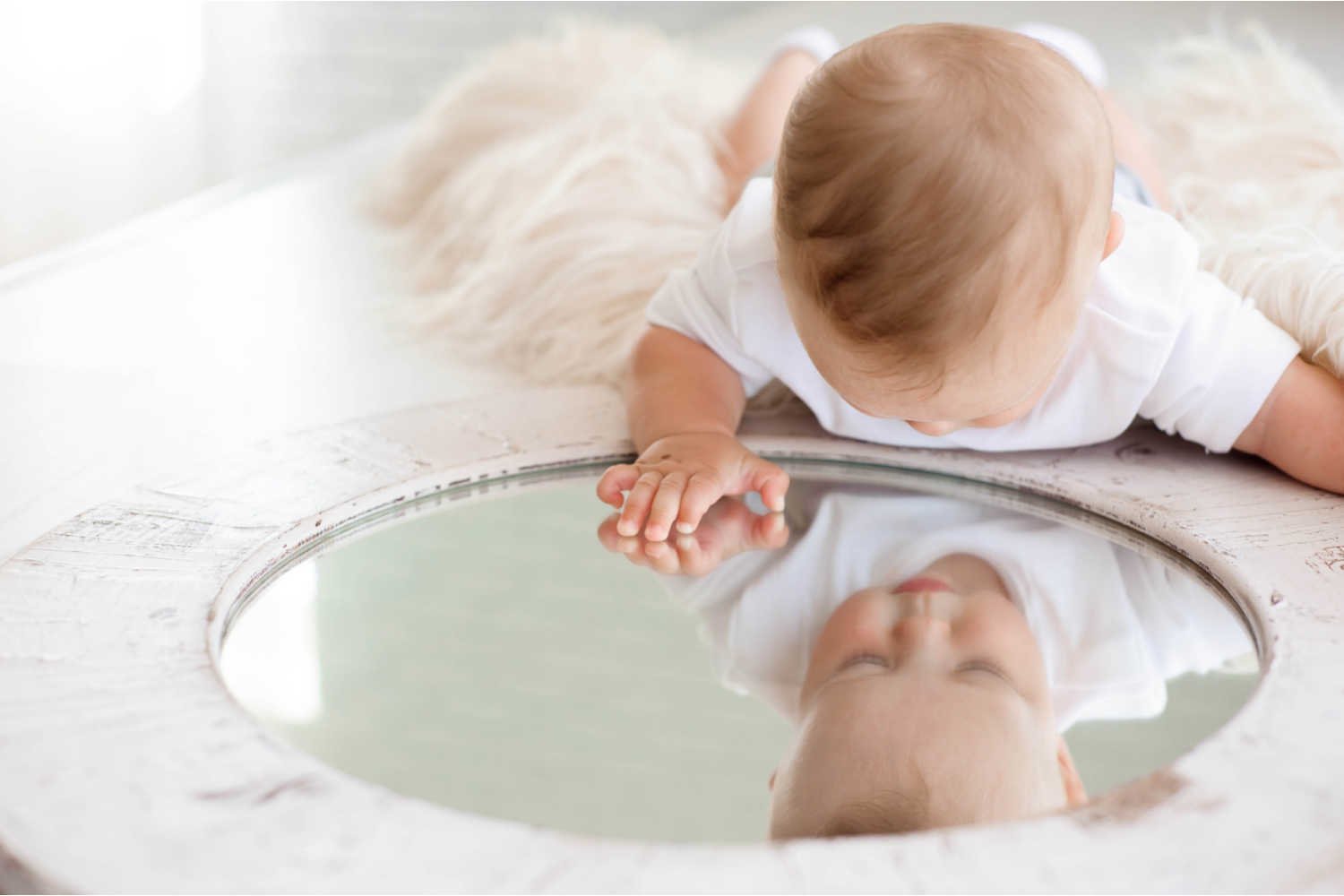

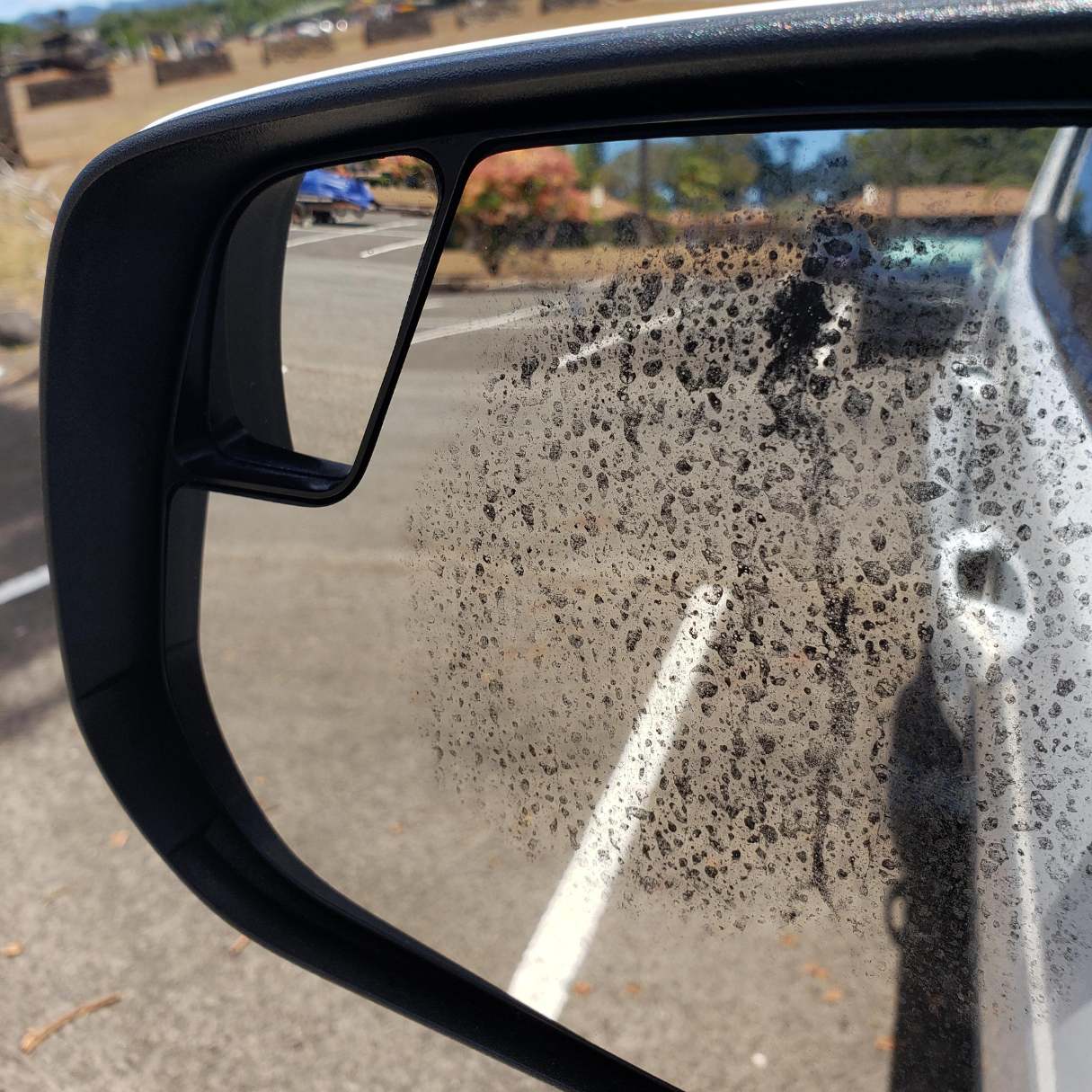
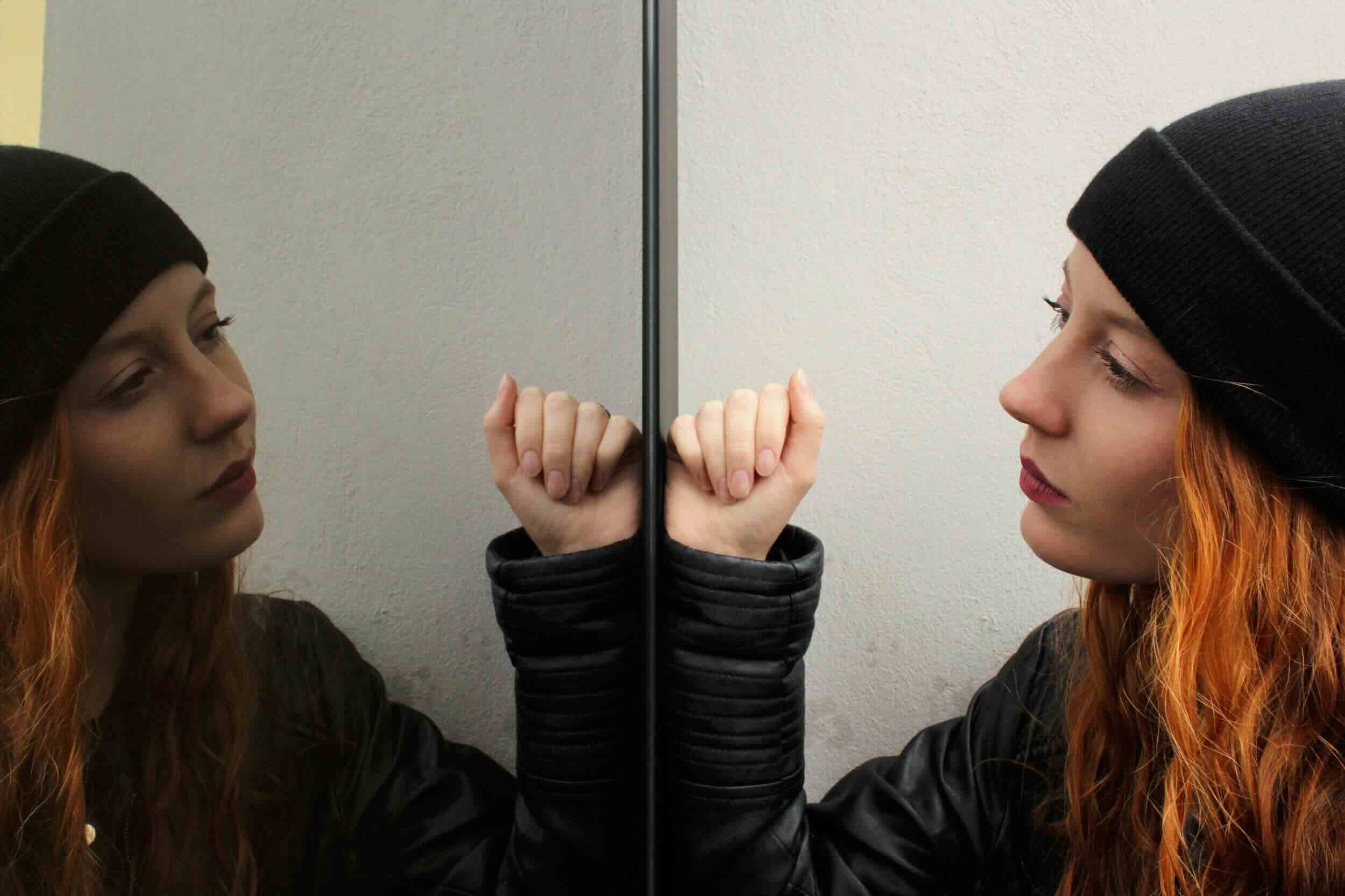
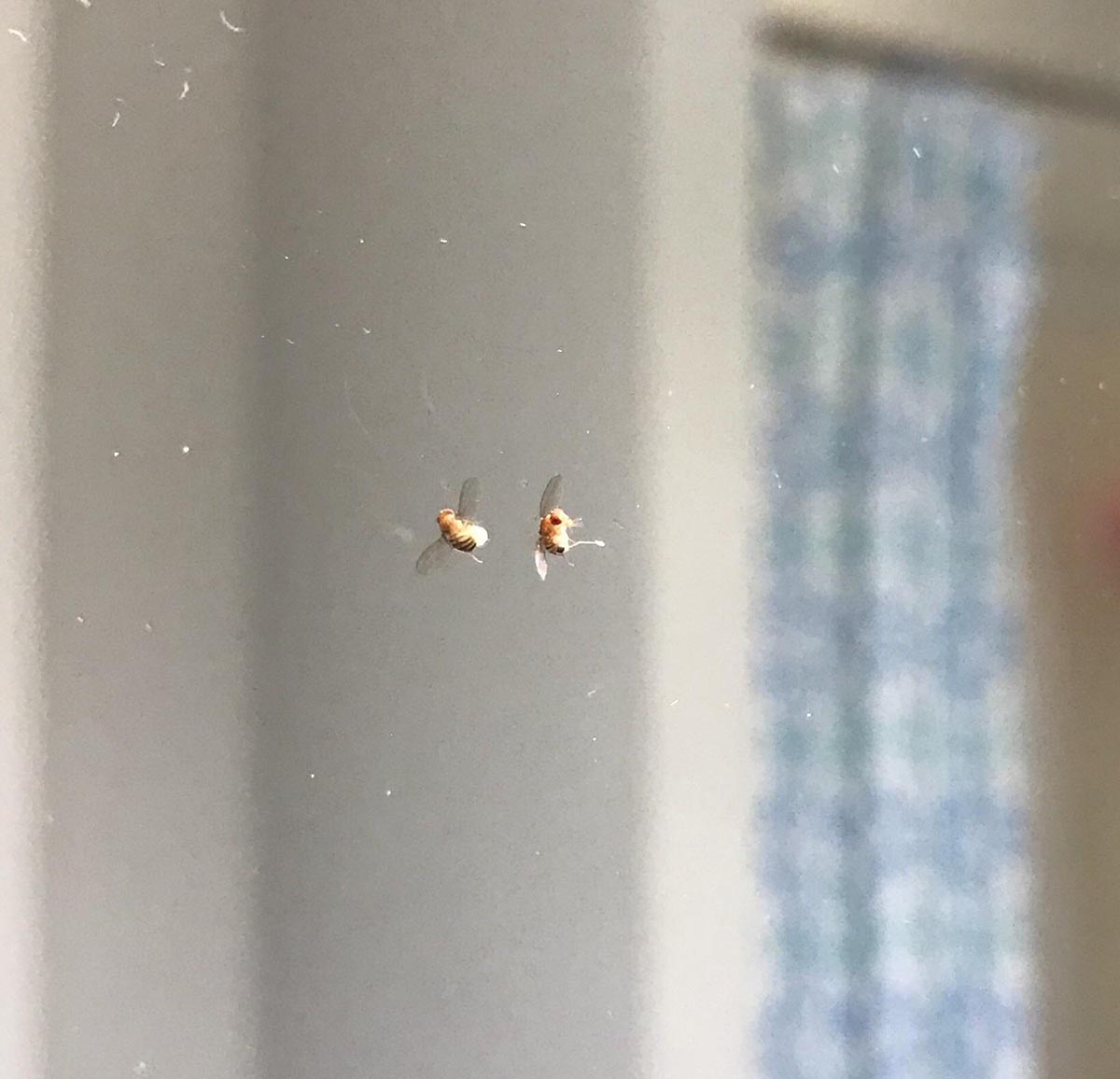
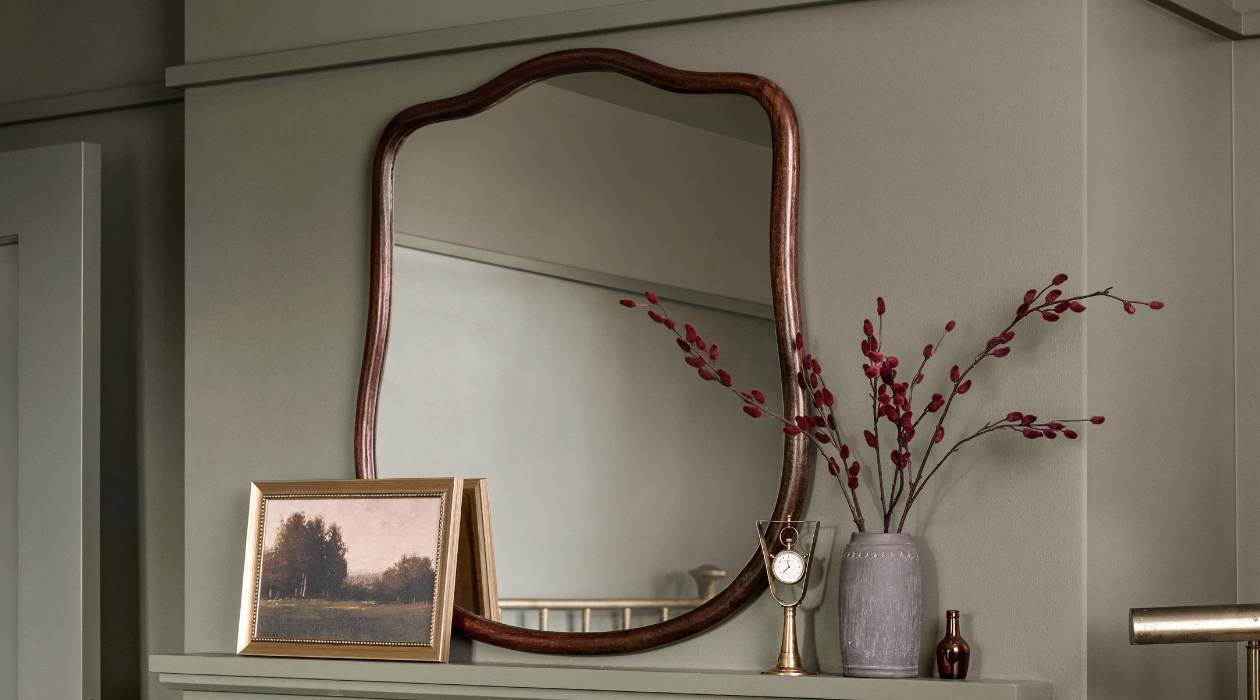
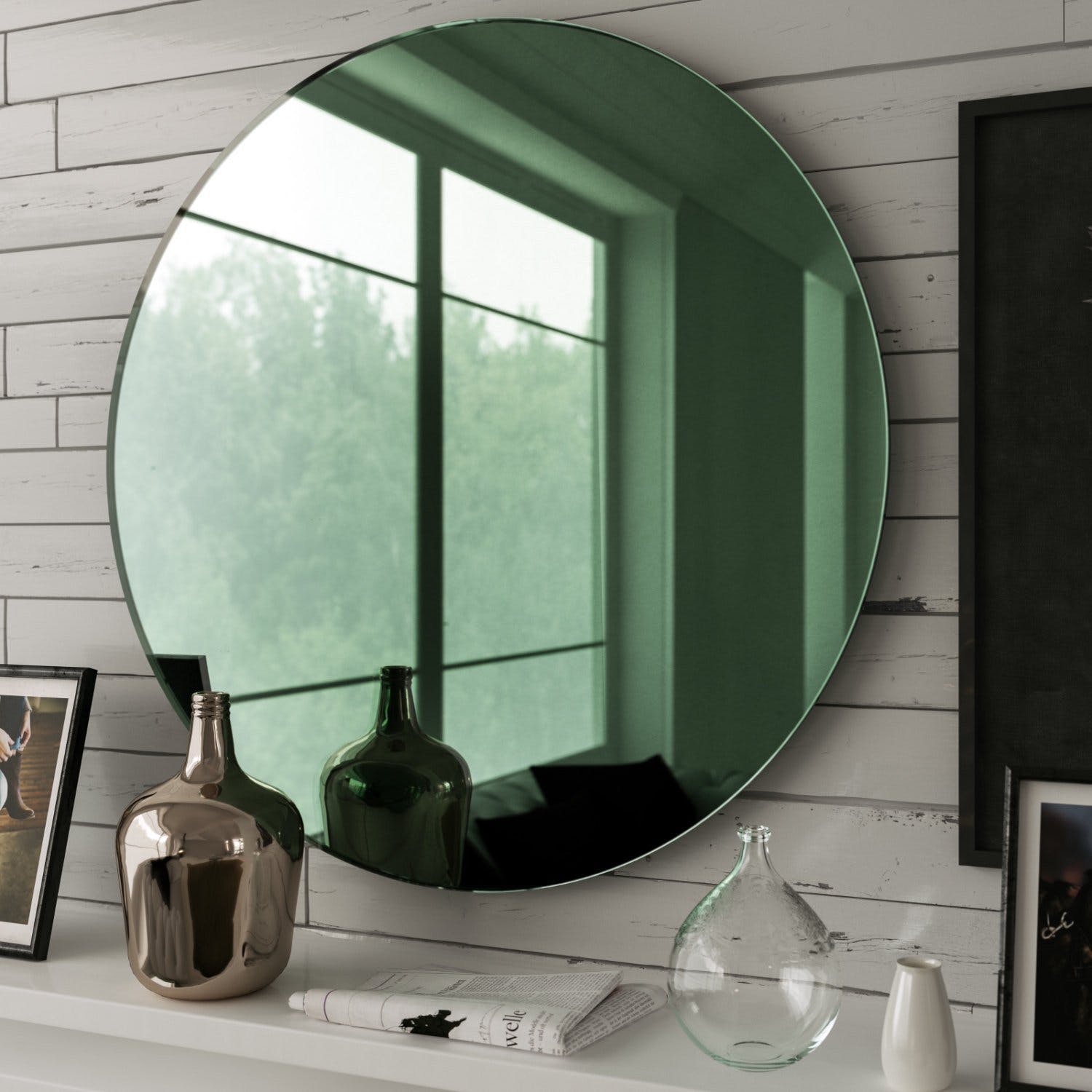
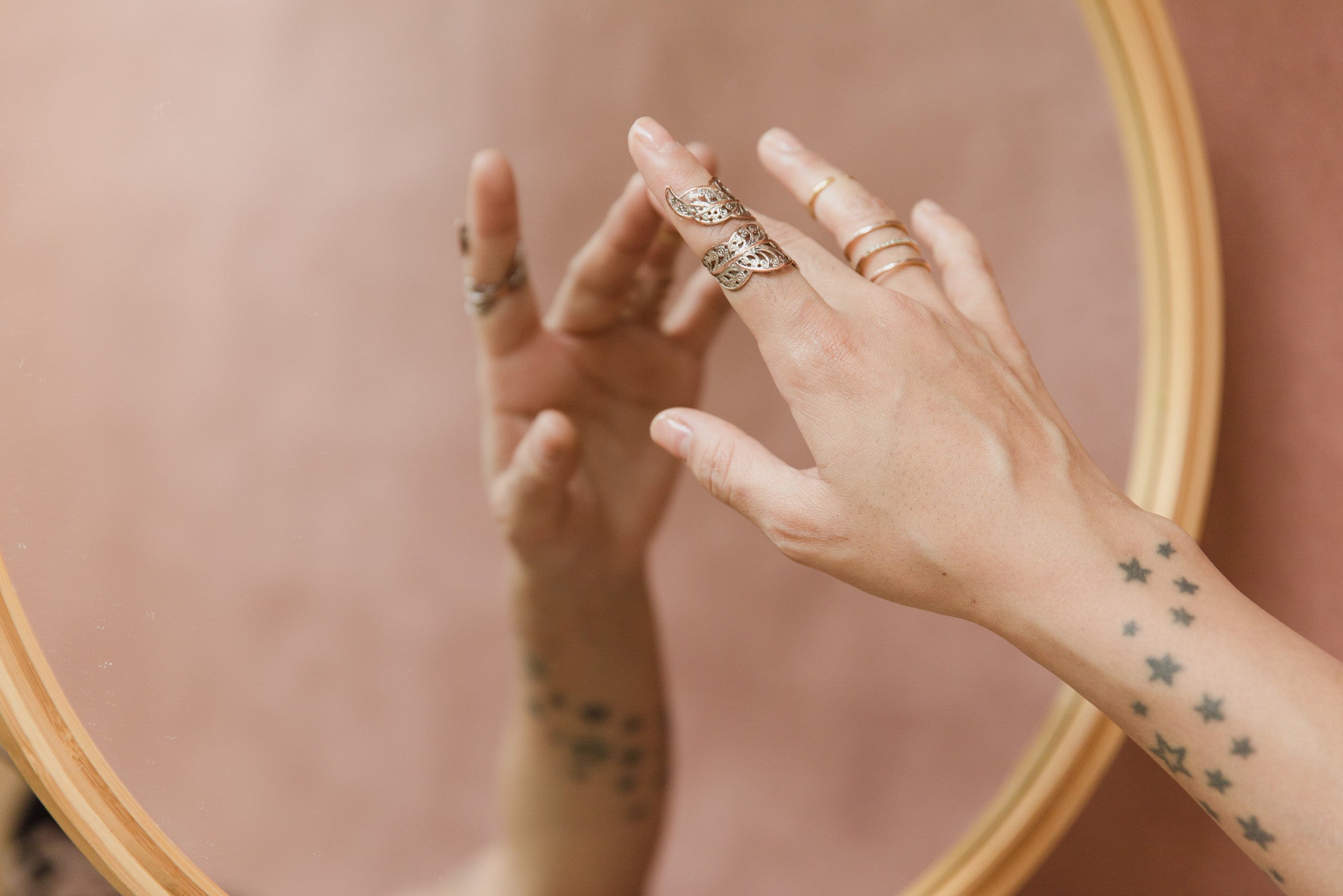

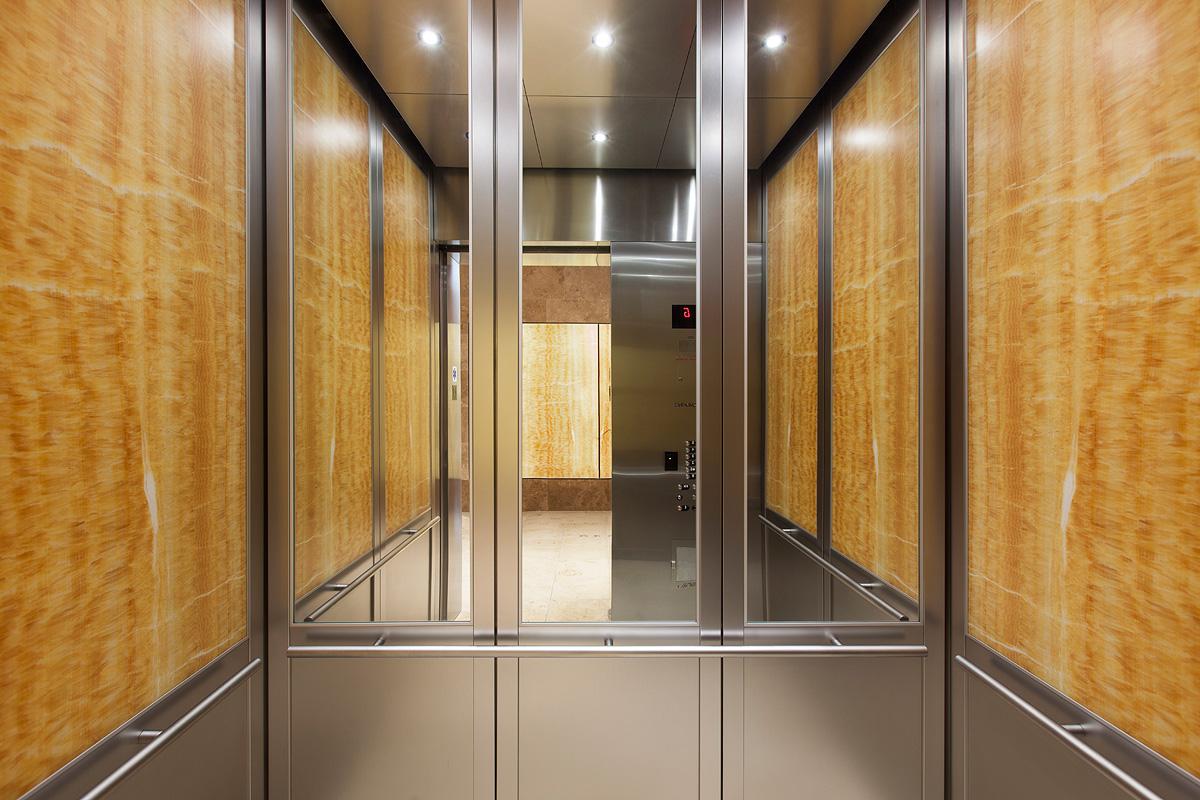
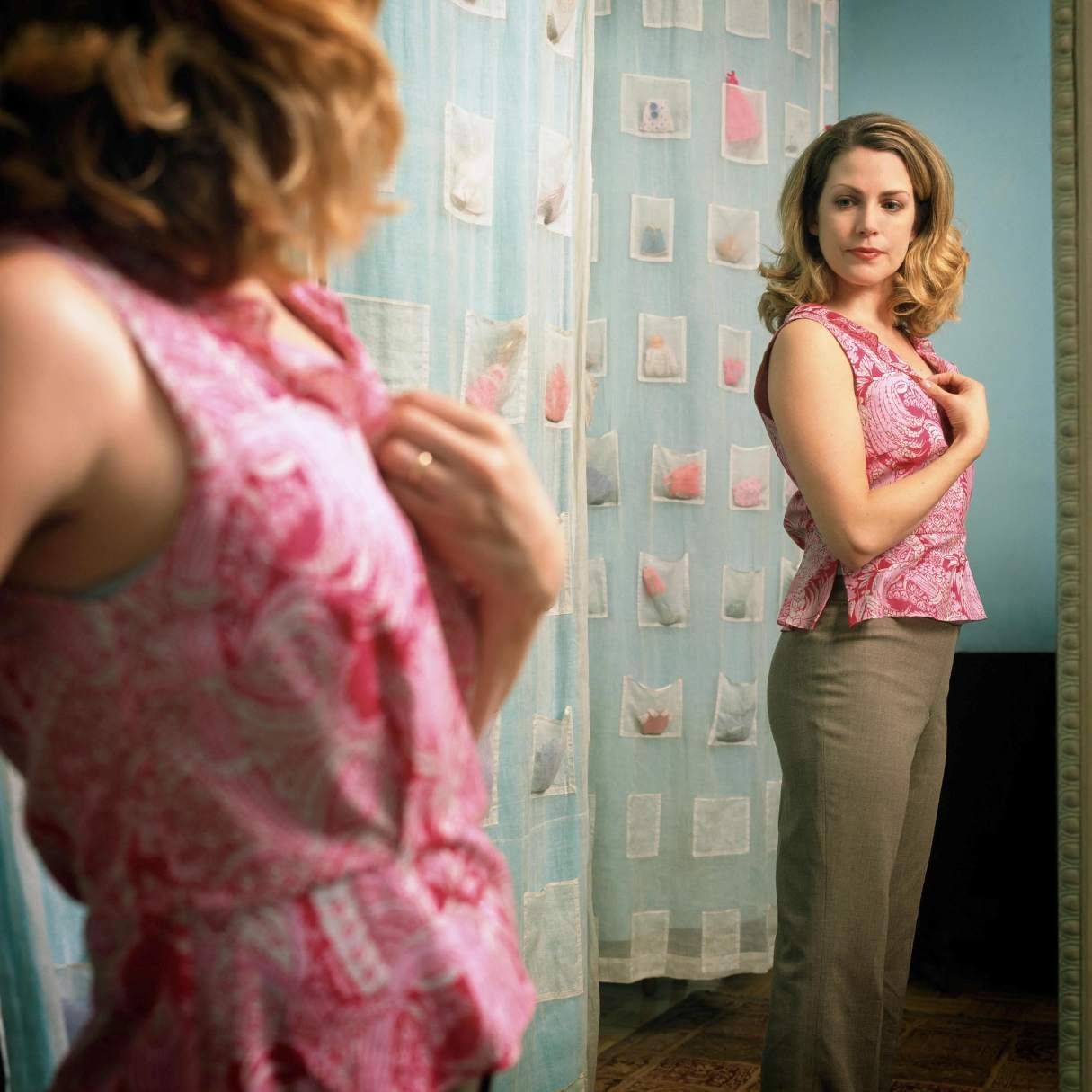
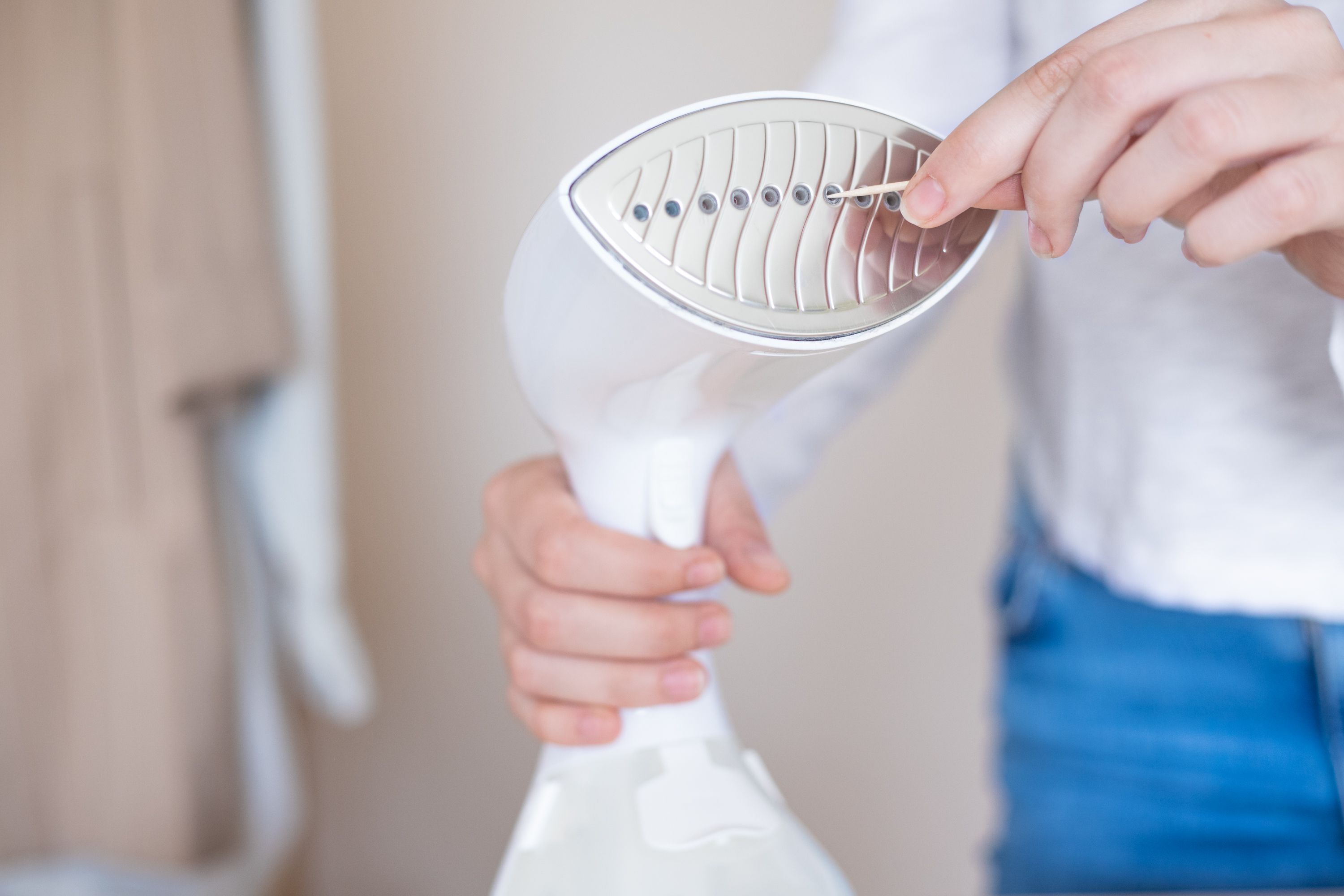
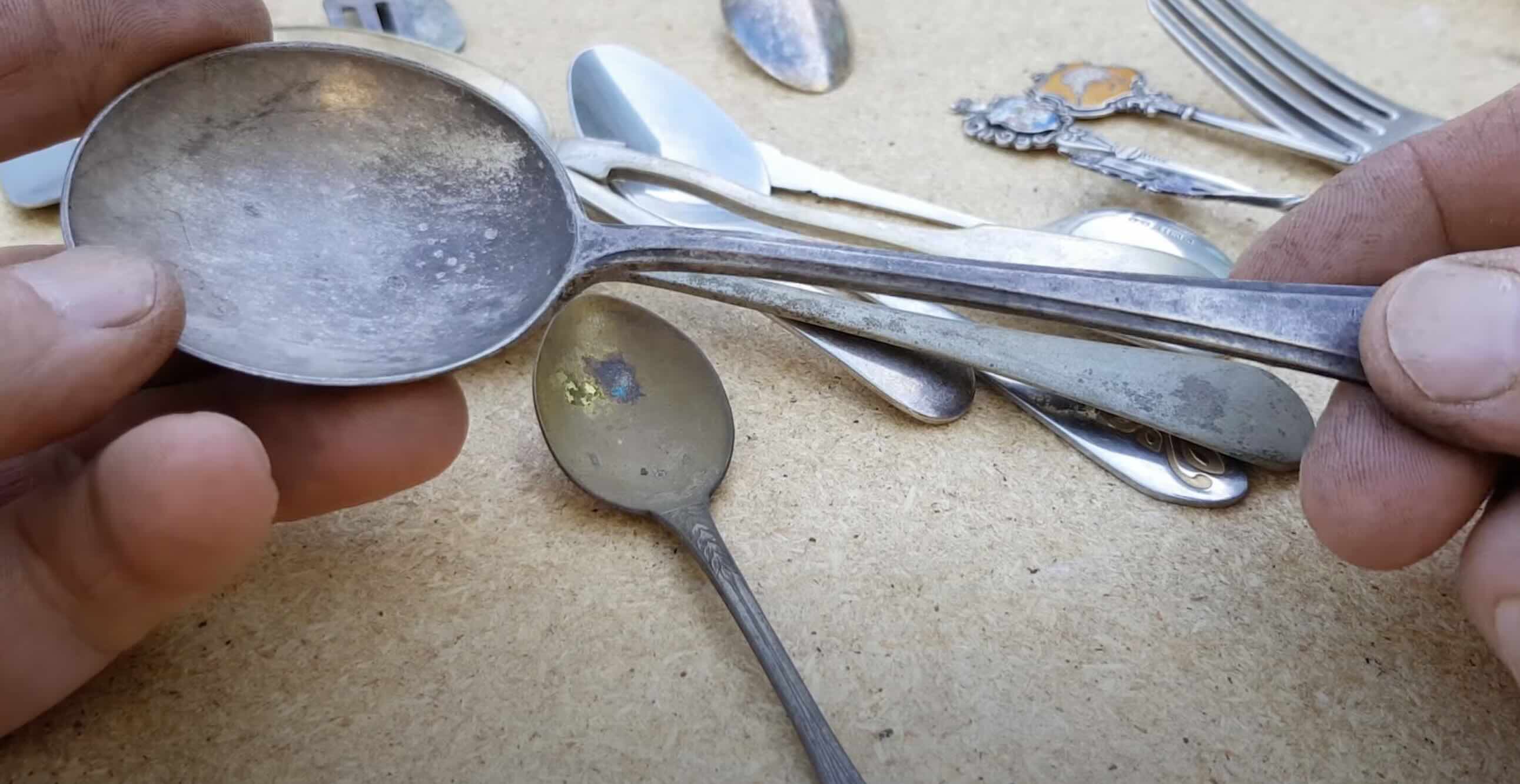
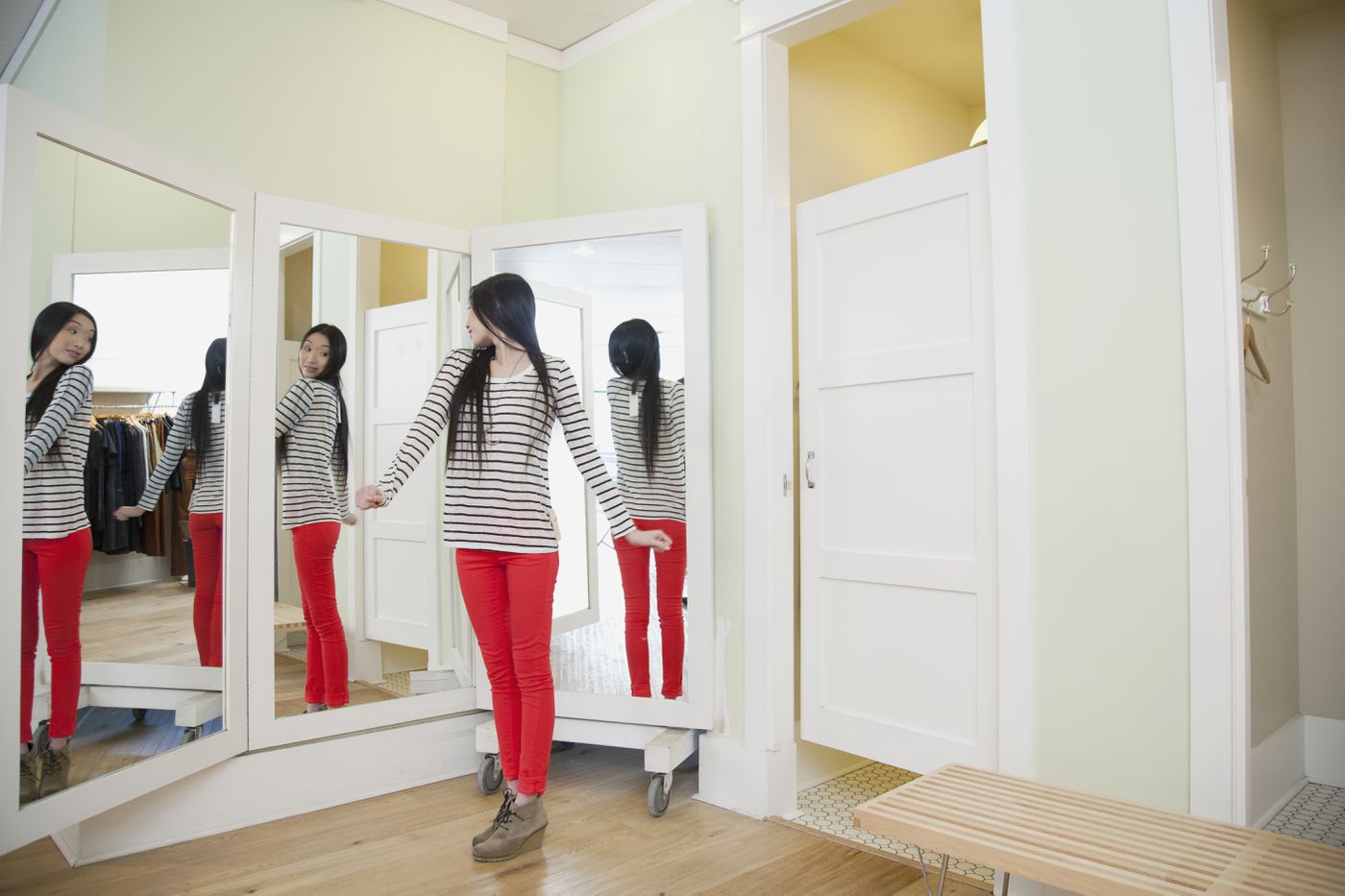

0 thoughts on “Why Do Mirrors Appear Silver”